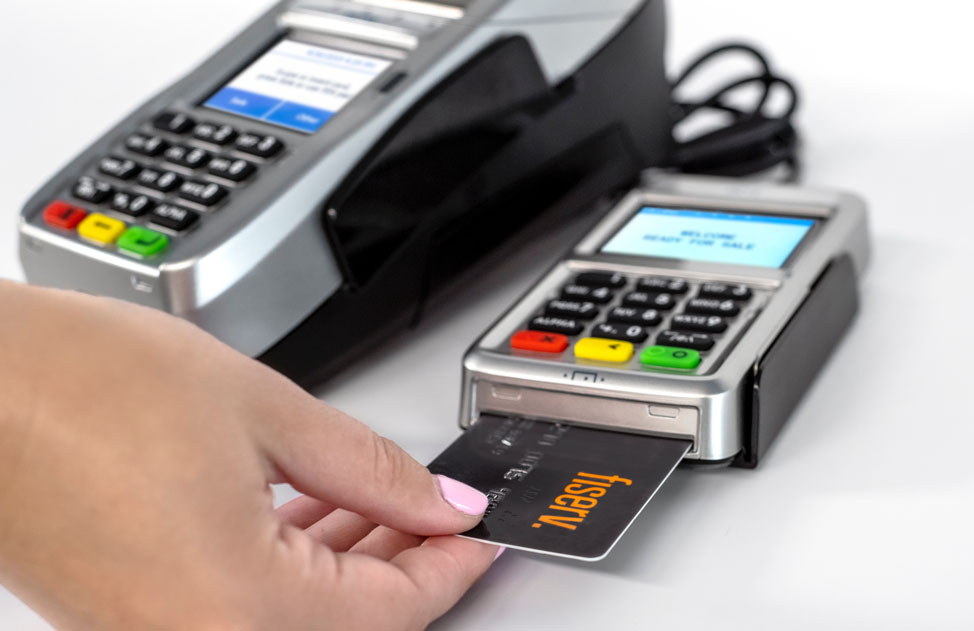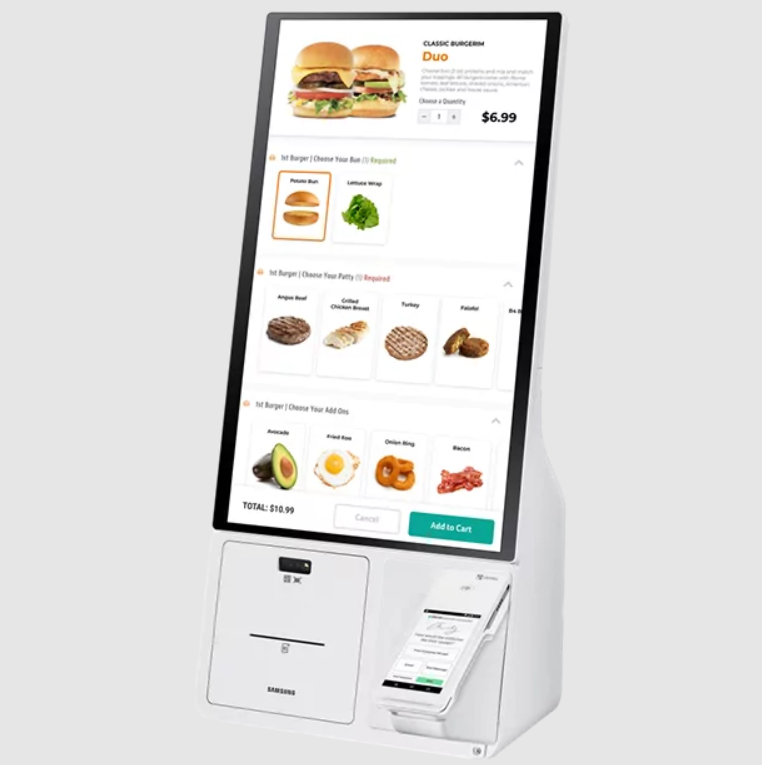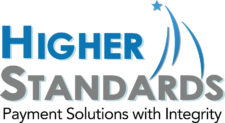All transactions involving credit cards are classified into one of three categories, described as Level 1, Level 2, or Level 3. As these levels increase, the amount of data required to verify the transaction increases. However, the more data that is submitted with a transaction, the lower the rate that is charged for processing it.
For example, most transactions between a business and a consumer are Level 1 transactions. When a customer buys something at a store with a personal card, very little data is required to process the transaction. In most cases, all that is required is the name of the customer, the date, and the amount of the transaction.
Business-to-business transactions are often processed at Level 2. Such transactions require more control to make sure that spending is properly monitored by the business or government agency. By submitting more data with each transaction, the processing is simplified for the client.
Finally, a Level 3 transaction is generally one that is made with a corporate card or a government purchasing card. These cards are generally only used for official purposes and require more involved reporting. In addition to all of the data required for a Level 2 transaction, a Level 3 transaction requires quite a few additional fields to be successfully completed.
For example, such data as the product code for an item, the quantity purchased, the tax rate on the item, the ZIP code where the item was purchased, and other such fields must be completed. By including all of this data with the transaction, it can be processed more quickly and accurately.
The major credit card companies, such as MasterCard and VISA, will charge lower processing fees for Level 3 transactions that include all of the required data fields. In many cases, such fees will be reduced by anywhere from 0.5 percent to 1.00 percent, as long as the data is accurate.
Large corporations and other organizations can gain many benefits from tracking this additional data. Businesses can more closely monitor any spending made using the corporate credit cards, and they can also make sure that they receive the appropriate information about sales tax. Such data can also be used to enforce any spending restrictions on corporate cards.
The more transaction data that is available, the easier it is for a firm to track its spending and keep any inappropriate or unauthorized spending to a minimum. This helps to keep costs as low as possible and avoid any internal problems with employees using corporate credit cards inappropriately.
It is important to remember that Level 3 processing is intended only for business-to-business transactions, and is unavailable for transactions involving consumers. The transaction data also has to be transmitted via an authorized Level 3 gateway. Standard credit card terminals cannot transmit this information.
Make sure to choose an account provider who has experience working with Level 3 credit card processing. This way, you can make sure that the transaction information is submitted in the proper format to avoid any problems.
Our company
Learn more about what Higher Standards does, and why.
Our team
Meet the Higher Standards management team and our network of expert advisors.
Join our team
Learn how to become an independent Expert Advisor for Higher Standards.
Our GIVE BACK program
Learn how your company's payment processing can support your favorite church or non-profit.
Credit card processing
Choose the best and most affordable processing solutions for your business.
Ecommerce processing
Grow your business with safe and affordable online payments.
B2B payment processing
Realize significant savings on Level 3 transactions with other businesses.
Electronic check & ACH payments
Accept electronic check and ACH payments quickly and securely.
Merchant cash advances
Tap into future credit card sales to gain access to working capital today.
Gift cards & loyalty cards
Offer gift cards and loyalty cards online and at point of purchase.
Processing for K-12 schools
Accept credit and debit cards for school meals, events, and fundraisers.
Give Back Gateway for non-profits
Software and processing that let churches and non-profit organizations accept online donations.
HS PayBridge
Integrated payment solution for city and state governments, school districts, childcare centers, athletics, and more.
Terminals
Kiosks
POS systems
Complete point-of-sale systems to help you manage your entire business.








